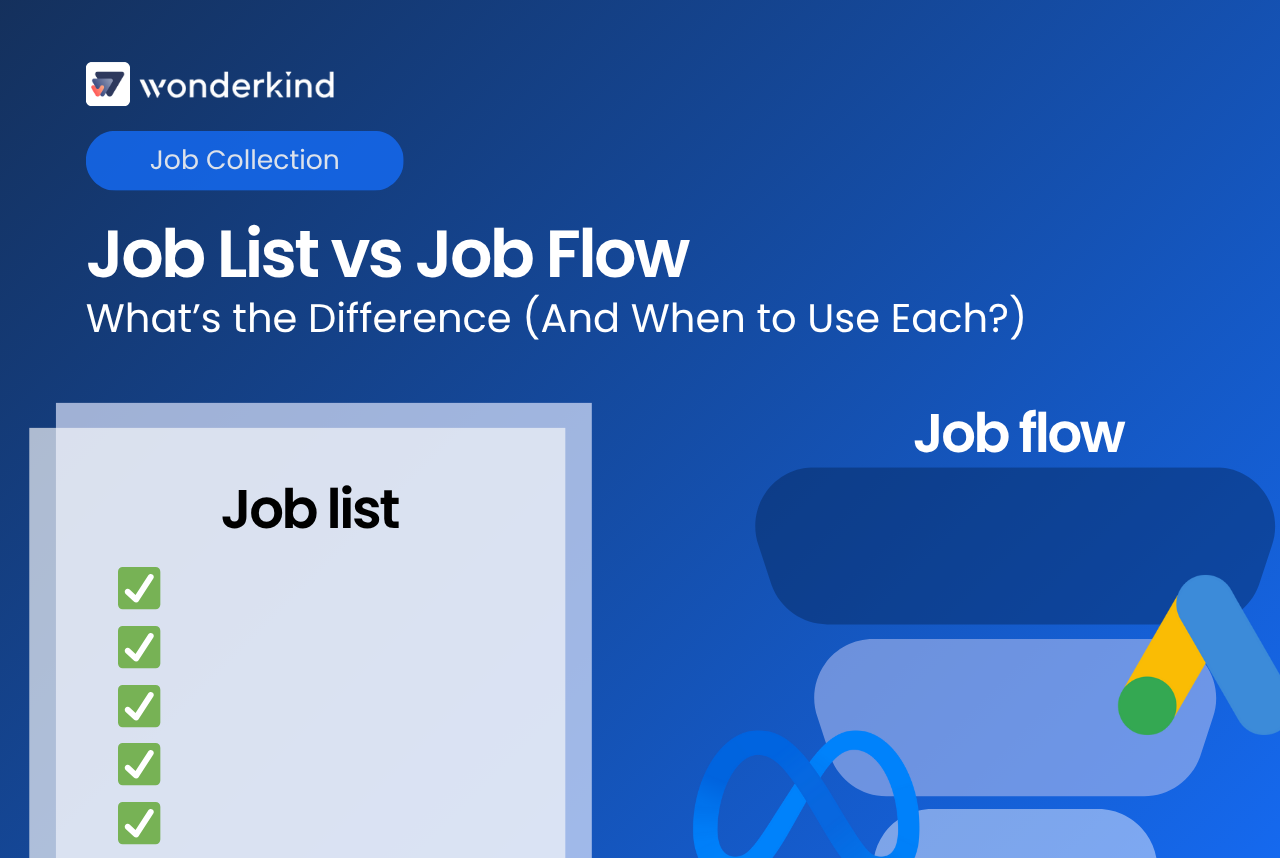How to engage passive candidates with the recruiting funnel
To successfully reach and convert passive candidates, you need to make some adjustments to your recruitment process and funnel. Here's how you do this.

A recent study by Talentboard showed that 40% of European employers have an application process that takes 30 minutes or longer.
2 types of targeted advertising: active versus passive
Active candidate targeting
Channels like LinkedIn, Indeed, and job sites, are generally best for reaching active candidates. The people using these platforms are looking for work, they’ve got their CVs ready to go, and they’re willing to go through the standard application process.
We don’t need to majorly adjust our approach here… although, it wouldn’t hurt!
Passive candidate targeting
This is where things get tricky. When people are not actively looking for work, we need to target these passive candidates on the channels that they use all the time. To do this, we need to use marketing techniques that follow candidates’ everyday browsing behavior.
We need to treat our candidates like customers. Showing them our job ads as they scroll. Slowly making them aware that there is a cool new job out there. And, nudging them to “click through for more info”.
How this changes the current application funnel and process:
The old school process, where candidates are actively looking for work, usually starts when they upload their CV for a specific job opening.
Candidates typically find their way to the job opening via career-sites, professional platforms or job boards.
Pro-tip: consider putting the right ad in front of the right person during Q5, the time of year changing jobs ibecomes extra relevant
The marketing funnel turned into a recruitment funnel
Discover
Marketing: A marketer will start showing you the brand they want to promote.
Recruitment: We start showing passive candidates our employer brand. We showcase company values, growth aspirations, and/or company culture.
Engage
Marketing: A marketer will push more product information towards the target audience to convince them to make a purchase.
Recruitment: We share what it’s like work at our company, clips from colleagues explaining why it’s so cool to work here, company perks, the company health plan…
Attract
Marketing: Leads take the plunge and purchase the product. They’re converted from leads into customers.
Recruitment: Leads are not converted to candidates yet! They haven’t applied. We promote the job ads candidates are interested in, and persuade them to ‘request more information’.
What to do with a funnel full of leads
Leads need to be nurtured. This means making contact and providing the information necessary to prompt applications.
Different roles will require different styles of nurturing.For hard to fill positions, positions that require specific skills and don’t generate a ton of interest, we want to make contact as soon as possible. Call the lead, open a dialogue, and sell them on the position and the company.
For easier to fill roles, roles that get a lot of interest and don’t require a specialized skill set, we want to employ some pre-assessment and selection tools.
Maybe send a test or two, so that they (and you) can “learn” if they’re a good culture fit. This will help you avoid CV overwhelm and focus on converting the highest quality leads into applicants.
Moving forward
As with every innovation, it will take time to adjust our process and our habits to this new way of sourcing.
For us as well, awareness is the first stage. From there, we can learn, adjust, and grow.
Every company and every team will need to take different steps. Don’t try to mimic other organizations, take your time, analyze your current process, and try to find areas where you can make simple changes.
Talk to your peers and get them on board, draw up a plan of approach, and start comparing the new HR technology on offer that can help you reach, and nurture passive candidates.
Want to learn more about our Talent Attraction Technology?
Make more placements while keeping a clear overview of costs and ROI.



